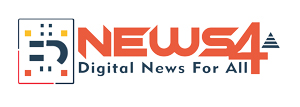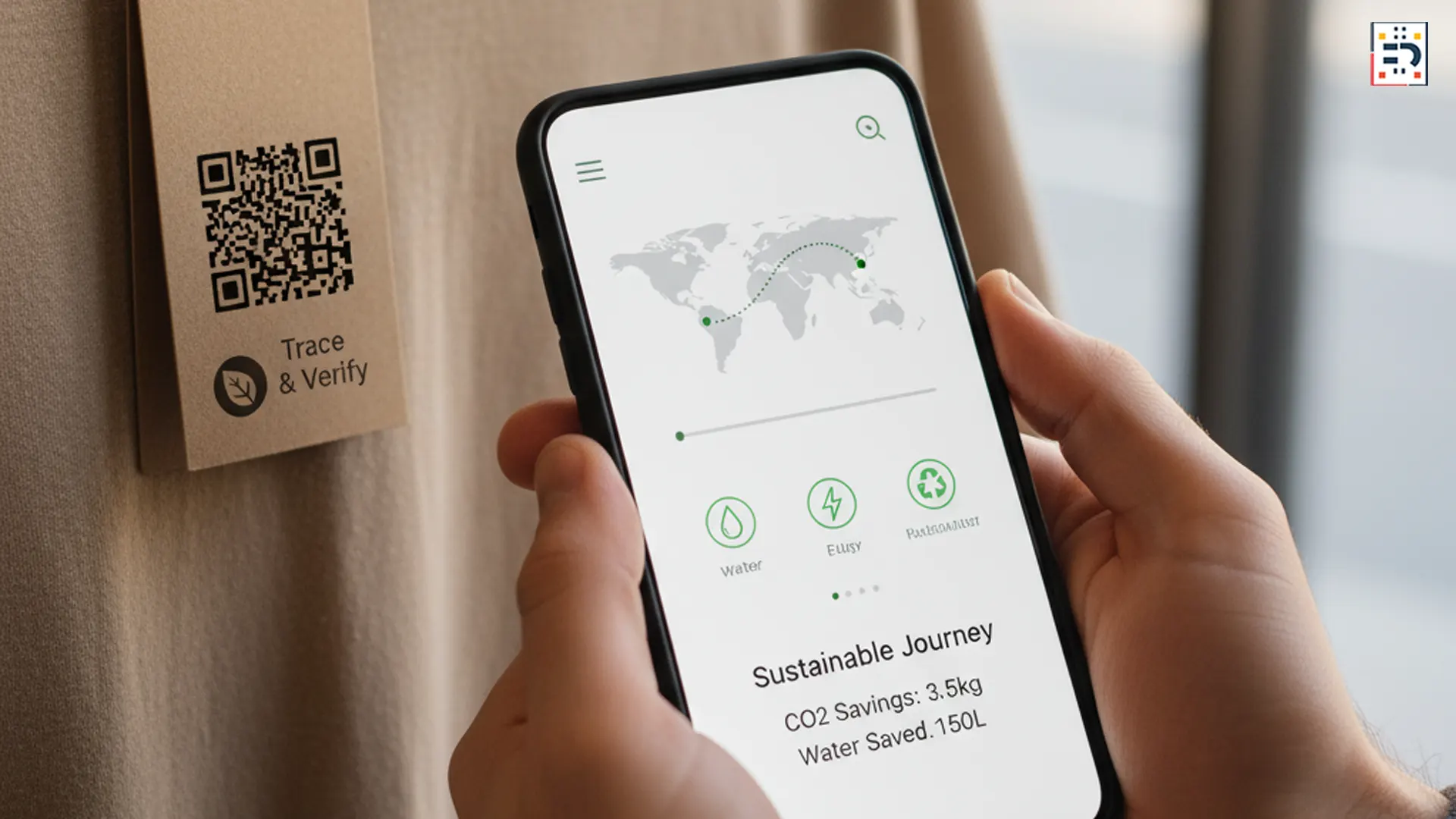We’ve all been there. You’re holding a product—a crisp new t-shirt, a sleek electronic gadget—and you wonder: Where did this actually come from? Was it made ethically? What’s it really made of?
For decades, the answers were hidden behind murky supply chains. But a seismic shift is happening, powered by a simple tool: The Digital Product Passport (DPP). Forget vague claims; the future of shopping is transparent.
What Exactly Is a Digital Product Passport? (It’s an EU-Driven Trend Coming to the U.S.)
Think of a DPP as a unique, digital birth certificate for every physical product you buy.
Accessible via a QR code or NFC chip, a simple scan unlocks a standardized dataset telling the product’s entire life story. While this might sound futuristic, it’s being propelled into the mainstream by ambitious EU legislation, specifically the Ecodesign for Sustainable Products Regulation (ESPR).
Why does an EU law matter for U.S. shoppers? Global brands won’t maintain two separate supply chains. To sell in the lucrative EU market, companies like Apple, Nike, and major apparel brands will have to adopt DPPs, effectively making this a new global standard that will inevitably reshape the American retail landscape. It’s not a question of if but when this level of transparency will be expected by all consumers.
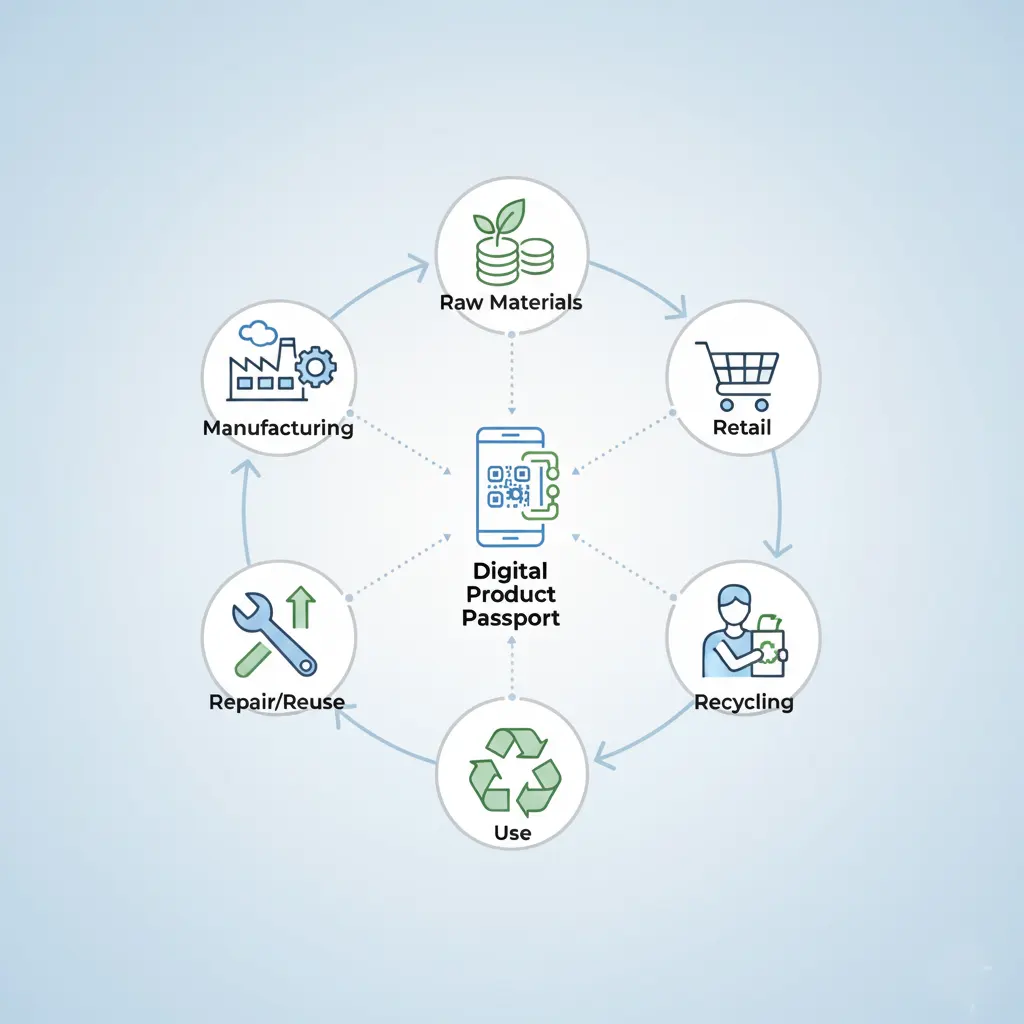
The Tech Behind the Truth: How QR Codes and Blockchain Are Changing Supply Chain Visibility
So, how does this work technically? It’s a powerful combination of accessible and advanced tech.
- The Gateway: QR Codes & NFC: These are the simple, scannable doorways that anyone with a smartphone can open. They connect your phone to the product’s digital twin—its unique passport stored in the cloud.
- The Trust Machine: Blockchain: This is the secret sauce ensuring the data isn’t just marketing fluff. Think of blockchain as a decentralized, immutable digital ledger. The system permanently records information—like a factory audit or a material shipment receipt—in a product’s passport, preventing anyone from altering or deleting it later. This creates an unbreakable chain of custody, making greenwashing and false claims much harder for brands to get away with.
Pioneers of Transparency: Early Examples of U.S. Retailers Adopting These Tools
While the full DPP regulation is still rolling out, forward-thinking U.S. companies are already building the blueprint for product transparency.
- Patagonia: A long-time leader, their “Footprint Chronicles” has evolved for over a decade, allowing customers to trace the impact of specific products from design to delivery. It’s a foundational model for what a DPP can be.
- Apple: With its focus on recycling and carbon neutrality, Apple provides detailed product environmental reports for every device. They are investing heavily in supply chain visibility, a key step toward a full DPP.
- Allbirds: The sustainable shoe company labels all its products with a carbon footprint score, training consumers to expect hard data with their purchase and paving the way for more detailed passports.
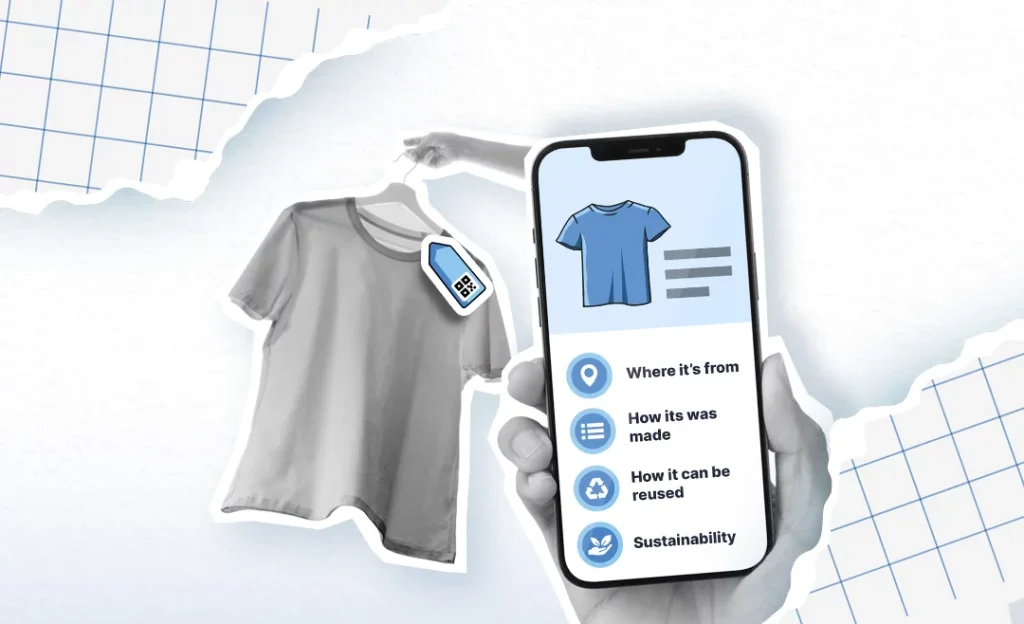
These pioneers prove that transparency isn’t just a compliance issue—it’s a powerful brand asset that builds deep consumer trust.
Your New Shopping Superpower: What to Look for When Buying Verified Products
You don’t have to wait for 2025 to become a more conscious consumer. Start using your power now. On your next shopping trip, look for these signs of a brand that’s embracing transparency:
- The Scan-Able Code: This is the biggest tell. Look for a prominent QR code on the tag or packaging. If it’s there, they’re inviting you to look deeper.
- Specifics, Not Vibes: Be wary of vague terms like “eco-friendly” or “all-natural.” Look for verifiable data points: % of recycled content, factory certification names (like Fair Trade), and carbon footprint numbers.
- Repair and Recycle Information: Brands that are serious about circularity will tell you how to care for, repair, and eventually recycle their products. This is a core part of the DPP philosophy.
- Third-Party Certifications: Look for logos from trusted verifiers like Fair Trade, B Corp, Oeko-Tex, or Cradle to Cradle. These are like pre-DPP stamps of approval.
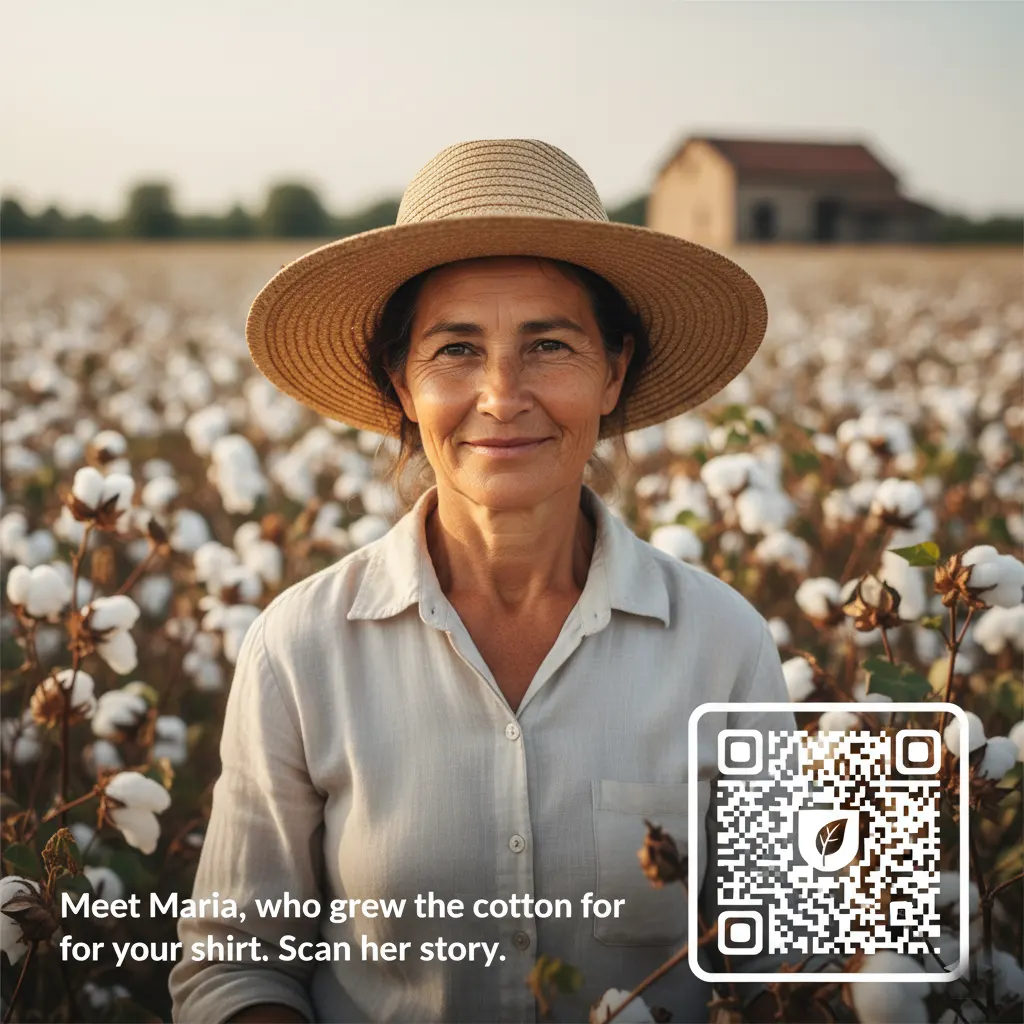
The Transparency Revolution is Here
The Digital Product Passport marks the end of an era of consumer ignorance. It’s a win for curious shoppers, responsible brands, and our planet.
The next time you pick up a product, look for the code. Scan it. Ask the questions. You have the right to know.
The most powerful tool in your shopping arsenal is no longer your wallet—it’s your smartphone.
#DigitalProductPassport #TransparentShopping #SupplyChainTransparency #EthicalConsumer #SustainableShopping #Blockchain #CircularEconomy #TechForGood
